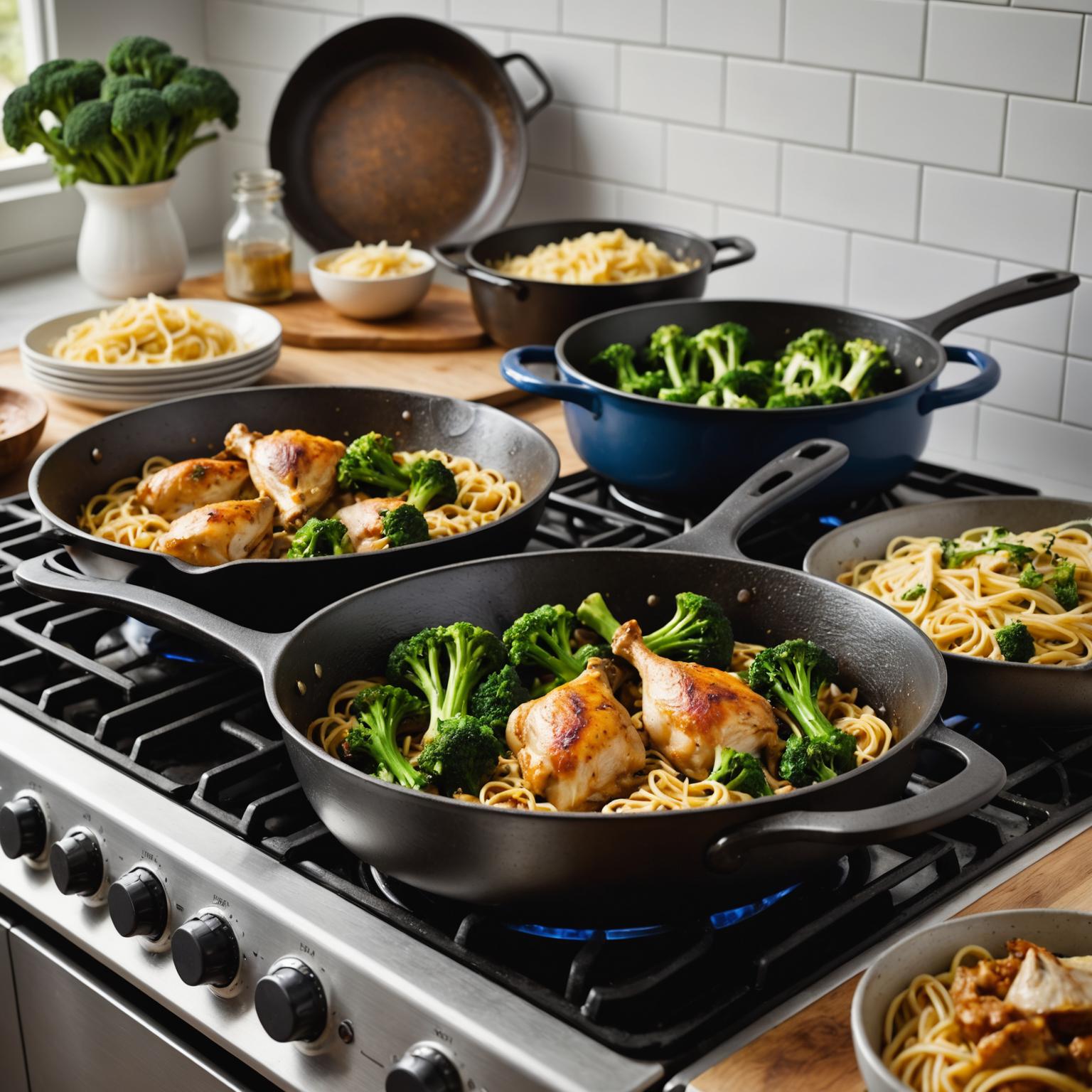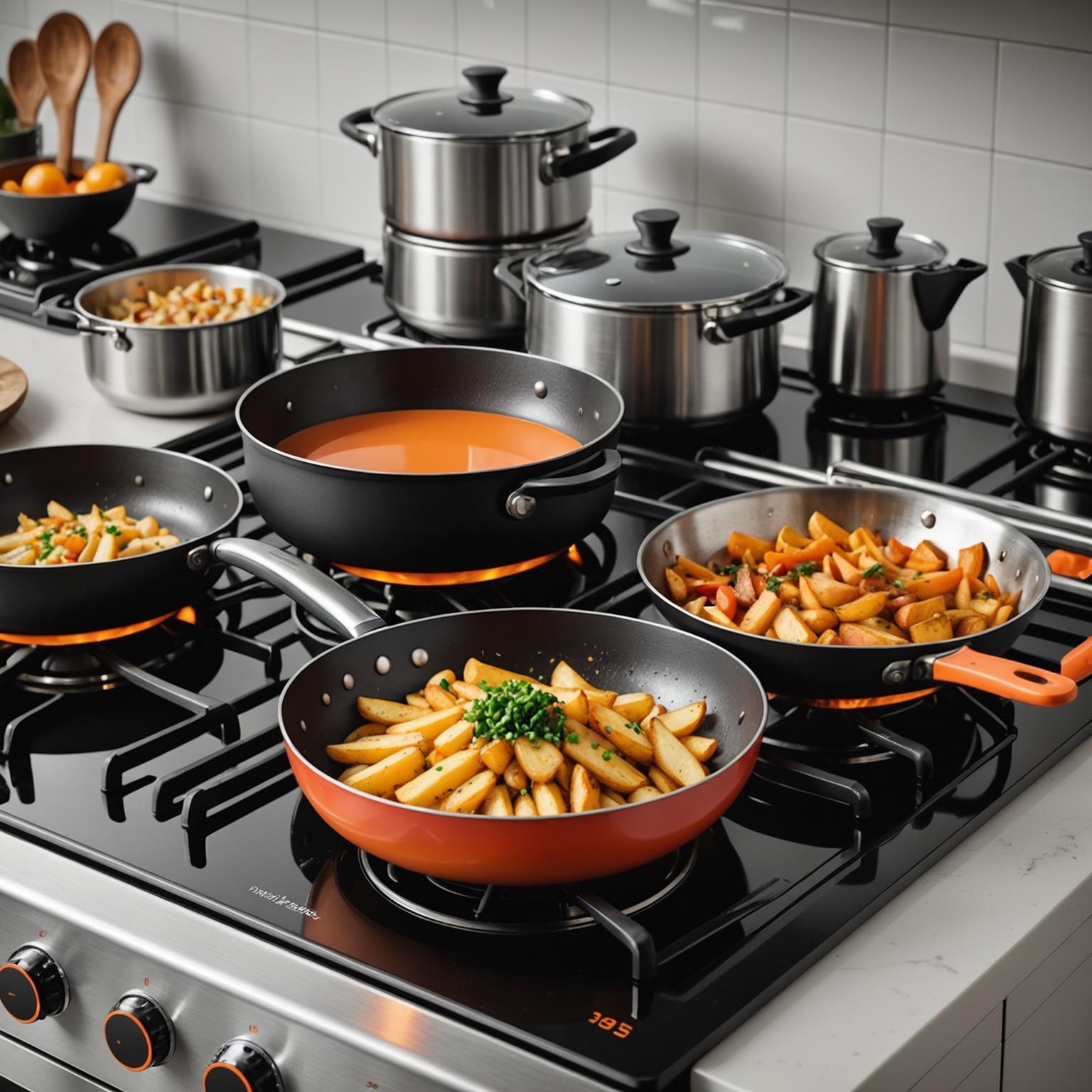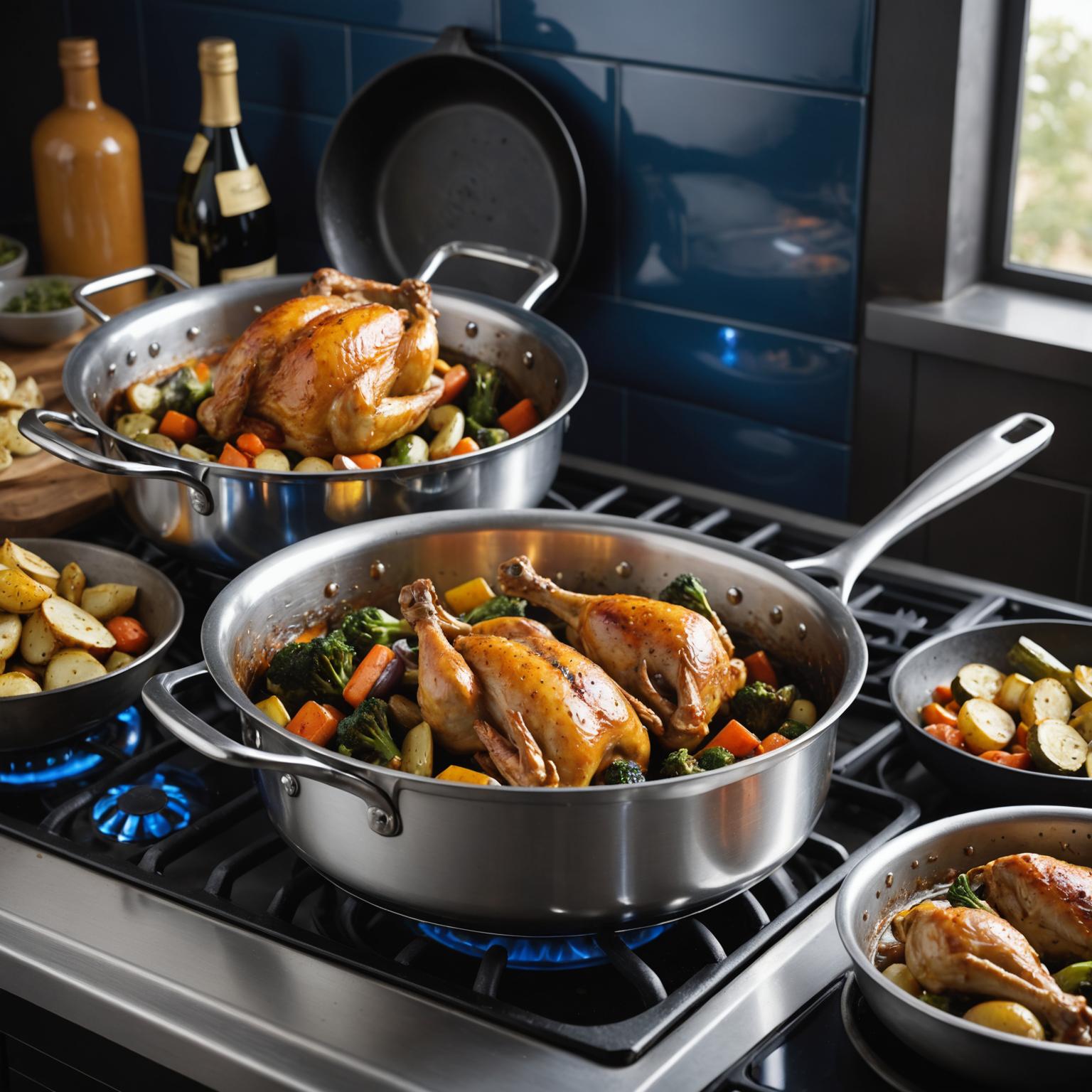Your Essential Guide to Stove Top Grates
A high-quality Stove Top Surface Grate is the unsung hero of any kitchen, providing the essential stable and level platform for all your culinary creations. Often overlooked, this component plays a crucial role in cooking efficiency, safety, and the overall performance of your cookware. Whether you're simmering a delicate sauce or searing a steak, the right grate ensures even heat distribution from the burner to your pot or pan. Understanding how to choose, clean, and maintain your grates is the first step toward mastering your stovetop cooking.
Understanding Different Types of Kitchen Stove Grates
When selecting a grate for stove top cooking, the material is one of the most important factors to consider. The most common types are cast iron and ceramic-coated. A cast iron stove grate is renowned for its durability and superior heat retention. It can withstand extremely high temperatures and provides a rugged, professional feel to your kitchen. However, it requires proper maintenance to prevent rust. On the other hand, a ceramic stove top grate, often finished with a porcelain enamel coating, offers a smoother surface that is easier to clean and comes in various finishes to match your kitchen decor. While generally durable, the coating can chip if heavy objects are dropped on it, so careful handling is necessary for this type of kitchen stove grate.
Step-by-Step Guide to Cleaning Your Stove Burner Grate
Regular cleaning is vital to maintain the performance and appearance of your cooking surface. For any stove burner grate, start by allowing it to cool down completely before removing it. Submerge the grates in a sink filled with hot, soapy water and let them soak for at least 15-20 minutes to loosen baked-on grease and food particles. Use a non-abrasive scrub brush or sponge to gently scrub away the grime. For stubborn stains on a cast iron stove grate, you can create a paste with baking soda and water, apply it to the affected areas, let it sit, and then scrub. Once clean, rinse the grates thoroughly with clean water and dry them completely with a towel before placing them back on the stove. This final drying step is especially critical for cast iron to prevent rusting.
Choosing the Perfect Cooking Surface Grate
If you're in the market for a replacement, choosing the right cooking surface grate involves more than just aesthetics. First, ensure the grate is compatible with your specific stove model for a secure and level fit. Consider the design – continuous grates stretch across multiple burners, making it easy to slide heavy pots and pans around, while individual grates are lighter and easier to handle for cleaning. A robust and stable grate is paramount, especially when working with substantial cookware. This stability ensures your pots and pans make optimal contact with the heat source, leading to more predictable and even cooking results every time.
Pairing Your Grates with High-Performance Cookware
A sturdy Stove Top Surface Grate provides the perfect foundation for high-performance cookware, like a heavy-duty cast iron skillet or pot. The unwavering support of a quality grate allows your cookware to perform at its best, distributing heat evenly to achieve perfect sears and consistent simmers. At GUANGDONG WEBO TECHNOLOGY Co., LTD, we understand the importance of quality components in the kitchen. Our adherence to ISO 9001 and ISO 14001 standards ensures every product is crafted with precision and durability in mind, complementing a well-equipped kitchen where every element, from the stove grate to the skillet, works in harmony. This commitment to excellence guarantees a superior cooking experience, allowing you to unlock your full culinary potential.





